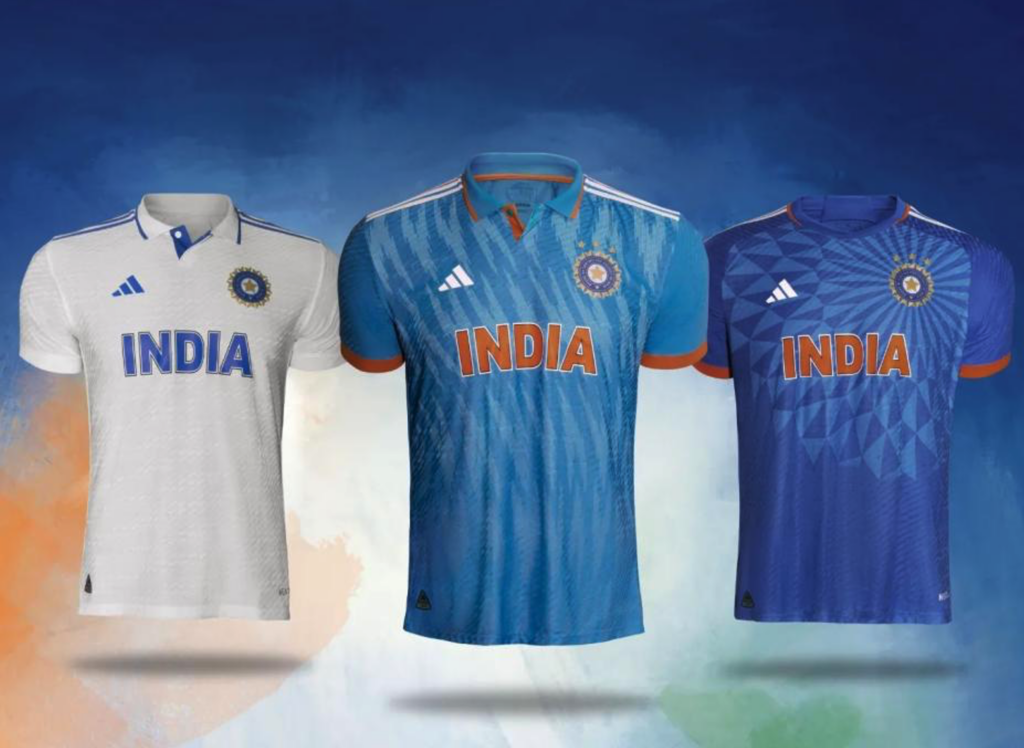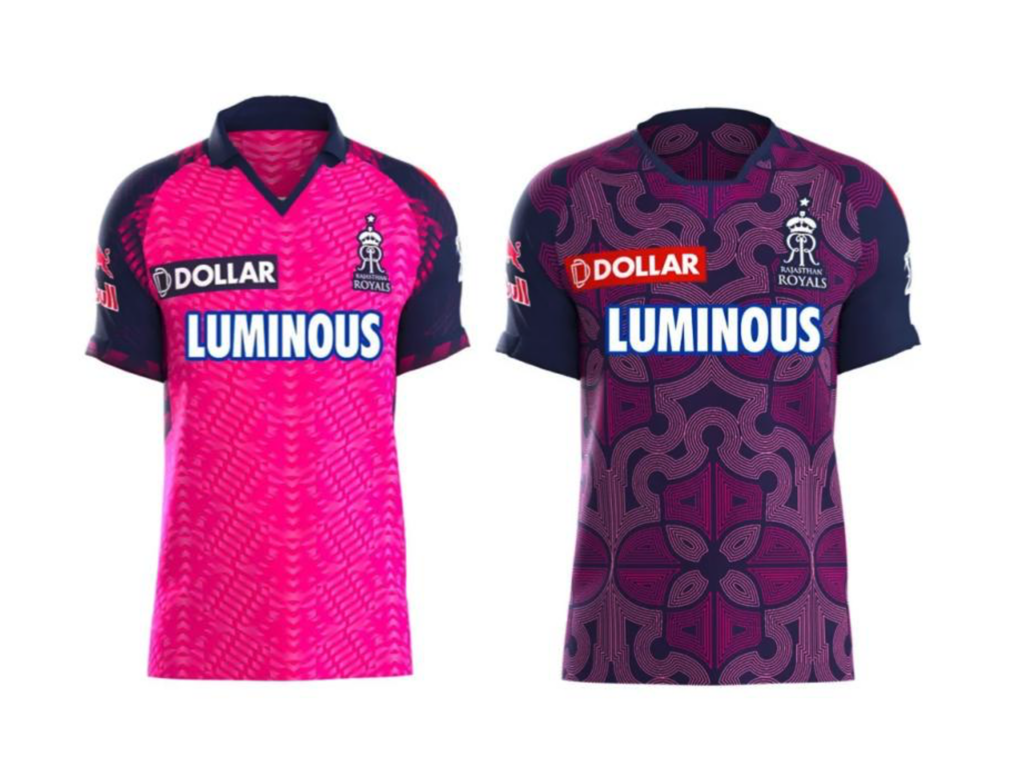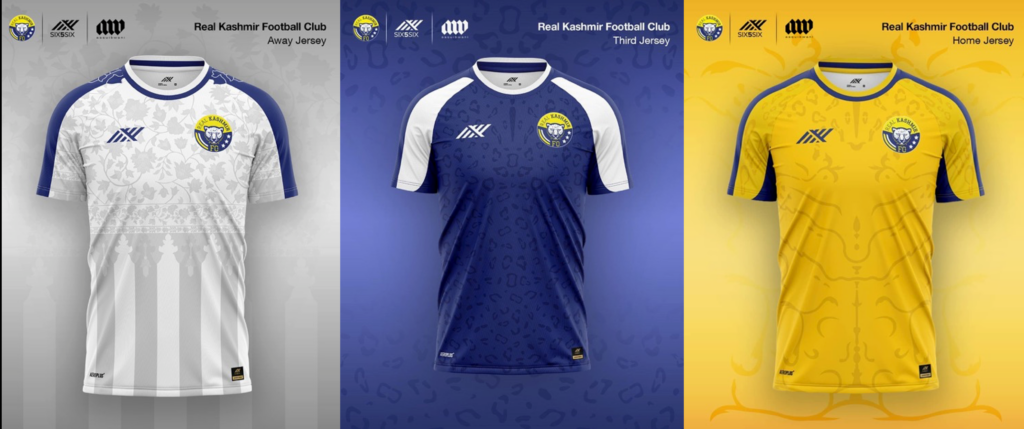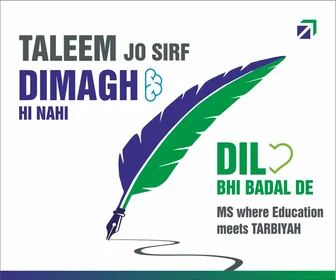
Delhi-based self-taught designer Aaquib Wani has tried his hands at almost everything in the designing world. From helming the design for music concerts to drawing up sketches for clothes and even designing weddings, Wani has done it all.
The designer started noticing sports jerseys after coming across the Nigerian team’s world cup jersey. “I looked at it and thought, ‘It would be cool to design a jersey sometime’,” he told Siasat.com.
Wani’s dreams did come true and now, his sports jersey designs make him stand out from the crowd.
For Wani, it is important that each of his designs evoke emotions. According to him, the kind of history the country has in its culture and textile is seldom seen in designs. “What we have is a treasure and it should be celebrated,” Wani says.
When one lays their eyes on jerseys designed by Wani, this attempt at ‘celebration’ is quite visible.
“I ensure that something of India carries with my designs,” he added, before delving into the patterns often a part of all sports jerseys he has designed.
The Indian Jersey story
“I used to breathe cricket at one point,” Wani recalls the love for the sport that has stayed with him since childhood. If he had not been a designer, maybe he would have been a cricketer, he says. Hence, when Adidas came calling to design the Indian Cricket Team’s jersey, there was no going back.
Ikat patterns said to be one of the oldest resist-dyeing techniques in the world, were used on the team’s One Day International Jersey. Gaining inspiration from India’s national animal, the tiger, Wani and his team designed something really special.
“Imagine the imprint of the tiger on to the jersey, but done in Ikat,” he exclaims. Wani also believed that the jersey portrayed the fearlessness of the nation’s cricket team.

Staying true to the pace of the format, the Twenty20 jersey had sporty patterns on it. The lack of a collar and the raglan sleeves showcased the aggressive and quick nature of the format, according to the designer.
“For the test jersey, there is not much one can do,” Wani says. But the simplicity of the design and the specific kind of ‘blue’ chosen to write India, led to this jersey getting sold off on the Adidas website within two days of its release.
Rajasthan and its stepwells
Earlier this year, Wani’s designs ventured into the Indian Premier League. Rajasthan Royals, the winners of the first-ever season of the tournament, reached out to him for designing their kits.
Diving into the state’s cultural fabric, Wani decided to weave a pattern out of stepwells – something that Rajasthan is known for – to figure on the IPL team’s playing jersey.

For RR’s training jersey, Wani and his team decided to think out-of-the-box, while still staying rooted to tradition. One would have often seen Jalis, an architectural decoration made out of perforated stone or latticed screen on old havelis and mansions in the state. A similar pattern was adopted for the training kit.
For Wani, it was important that the players wore the beauty of the pink city on their sleeves, rather than sporting something away from what Rajasthan really meant.
Pashmina designs for Real Kashmir FC
Having roots in Kashmir himself, Wani wanted the football team from the valley to sport an attire that would speak volumes about where they came from. He chose a traditional Kani Pashmina shawl design for the team’s jersey. “Let the Kashmiri players wear something that is close to their hearts with pride,” he says.
Naturally, the players loved the design. “It is not some random pattern that we don’t connect with,” he recalls them telling him.

“Let Argentina come, I’ll do it”
The designer wants to continue designing jerseys for sports teams. “Maybe if an Argentina comes to me and says we want something new, I will do it,” he says.
Wani’s confidence is a lesson on continuing the grind even when you don’t feel like it. Like Wani preaches, “There is no limit to what one can do,” something that all of us should keep in mind.
For budding designers that want to get into sports jersey designing, Wani has a mantra. “Keep at it,” he says. Adding that this thought applies to every profession.
“Even if you are doing ‘bad work,’ continue doing it, it will get better,” he says.

